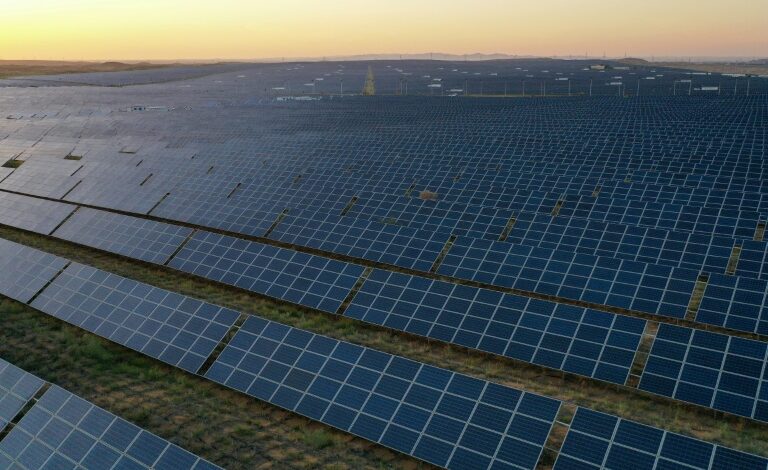China’s Renewable Surge Faces Coal Expansion Crisis

UPDATE: In a striking contrast, China is experiencing a surge in renewable energy projects while simultaneously expanding its coal power capacity. This dual approach raises urgent questions about the nation’s commitment to addressing climate change as it remains the world’s largest emitter of greenhouse gases.
Officials have confirmed that although China has installed more renewable energy capacity than the total current capacity of the United States, coal power projects have hit a decade high in the first half of 2024. In fact, China was responsible for a staggering 93 percent of all new coal construction globally, according to the Centre for Research on Energy and Clear Air (CREA).
The situation is urgent. President Xi Jinping has made emissions reduction pledges, yet the simultaneous growth of coal capacity contradicts these commitments. The nation’s “build before breaking” strategy reflects a cautious approach, as analysts warn that abandoning the existing coal infrastructure could destabilize the energy grid. As Muyi Yang, a senior energy analyst at Ember, stated, “There will be stumbles… if you don’t manage those, you risk undermining public support.”
This paradox of progress has roots in the energy shortages experienced in 2021-22, which were linked to pricing issues, demand fluctuations, and extreme weather conditions. Officials remain hesitant to fully transition to renewable energy without ensuring the reliability of the existing grid system. “They want to make absolutely sure that they don’t block one possible solution,” said Lauri Myllyvirta, CREA co-founder and lead analyst.
The growing electricity demand in China has outpaced even record-setting renewable installations, with coal remaining a profitable option for many firms. “China’s electricity demand has increased faster than renewables,” noted David Fishman, a China power expert at Lantau Group. Although renewable energy is expected to meet demand growth by 2025, coal is still viewed as a necessary fallback.
Coal’s appeal is further supported by its status as a “dispatchable resource,” which can be easily adjusted based on demand, unlike solar and wind energy that depend on weather conditions. To increase renewable energy adoption, “you have to make the coal plants operate more flexibly,” Myllyvirta emphasized.
Looking ahead, challenges loom as the end of feed-in tariffs means new renewable projects must compete in an open market. Fishman argues that “green power demand is insufficient to keep capacity expansion high.” The Chinese government has policy tools at its disposal to promote renewable energy usage, but the ambitious target of 3,600 gigawatts of wind and solar by 2035 may still fall short of future demand.
Despite these hurdles, it is important to note that coal additions do not necessarily equate to increased emissions. Currently, China’s coal fleet operates at only 50 percent capacity. The clean energy sector — which includes solar, wind, nuclear, hydropower, storage, and electric vehicles — has become a significant economic driver, contributing a record 10 percent to China’s GDP last year.
As this complex energy landscape unfolds, the world watches closely. The balance between coal expansion and renewable energy growth will be pivotal in determining whether China can effectively combat climate change while maintaining energy security. Stay tuned for further updates as this critical situation develops.






